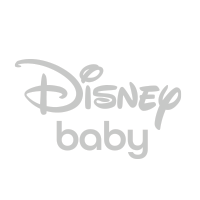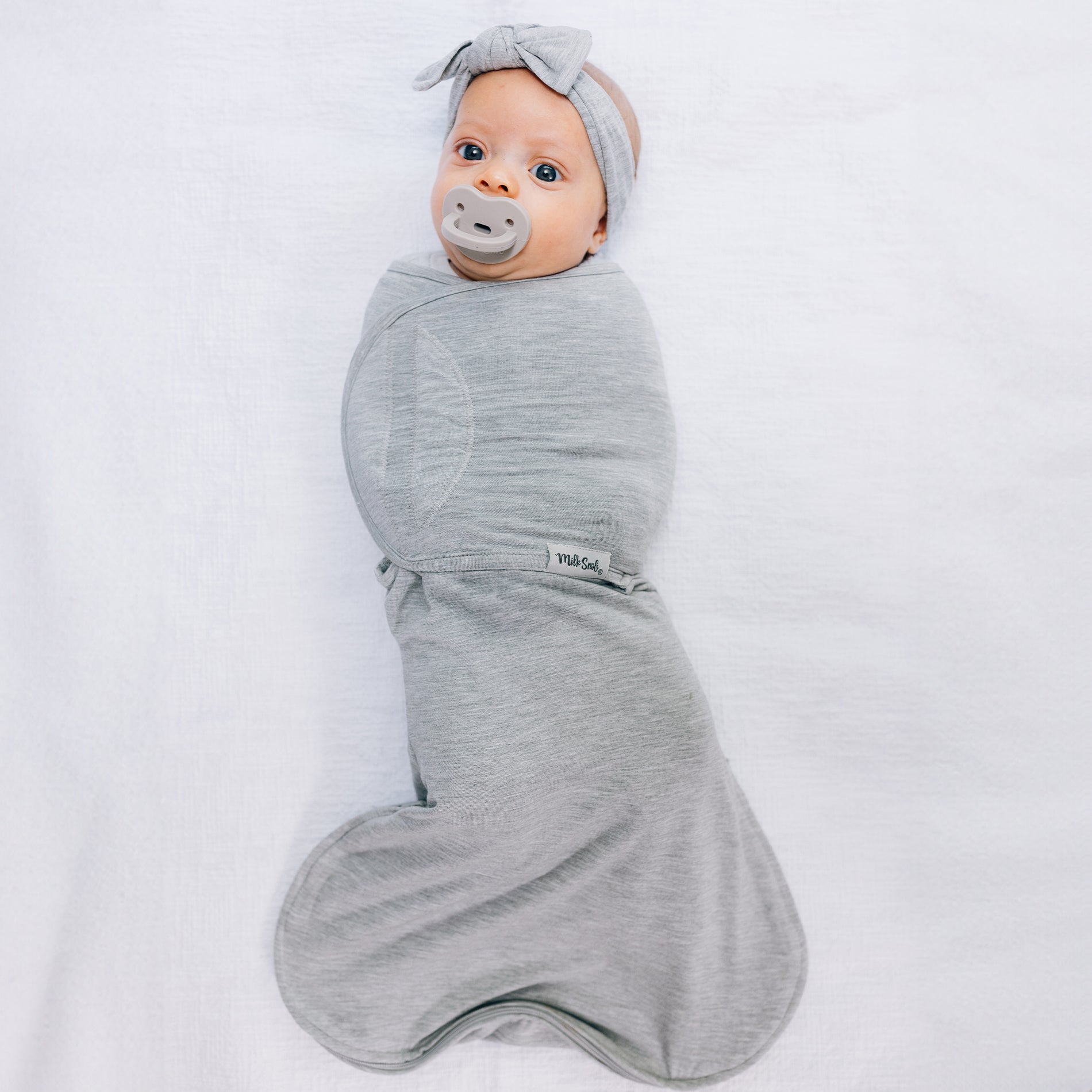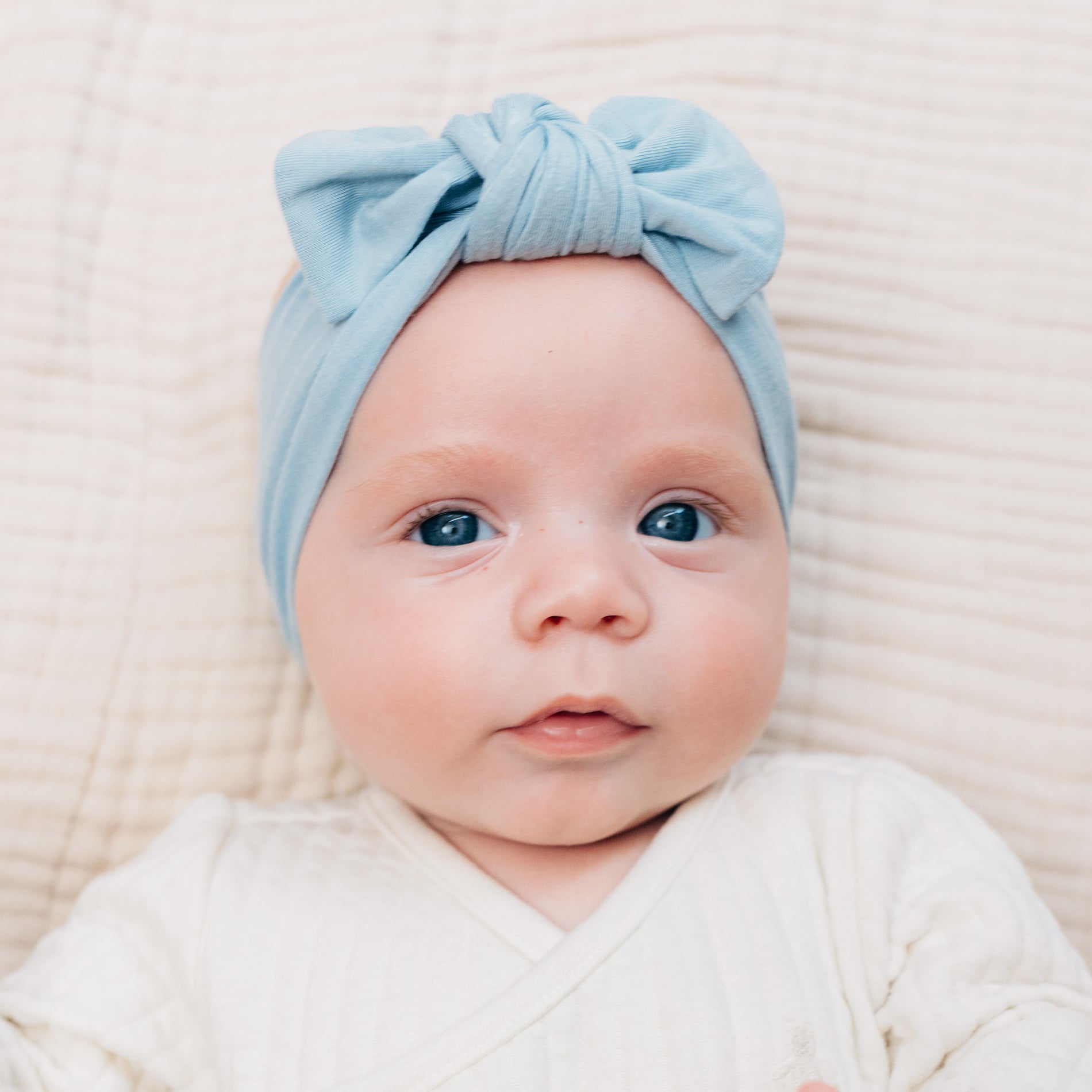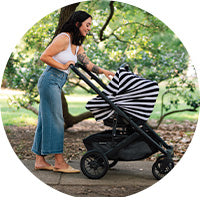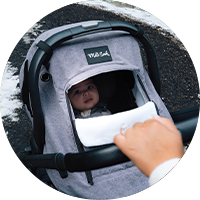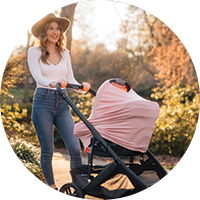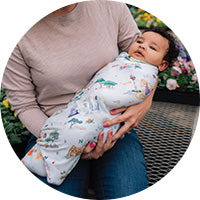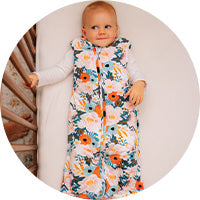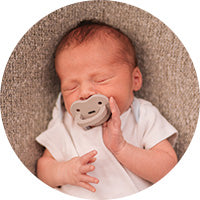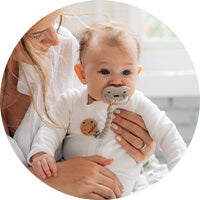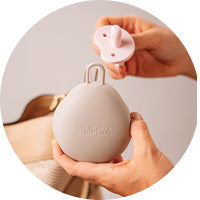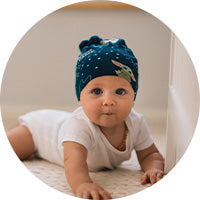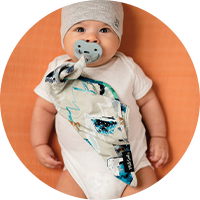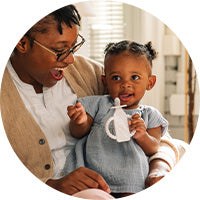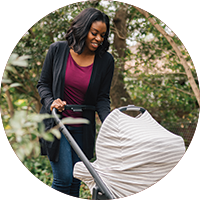Top Tips for Bathing Your Newborn
Other than diaper cleanup, newborns don’t really need to be washed every day. Experts recommend delaying the first bath at least 24 and up to 48 hours after birth. You may remember seeing your newborn come out covered with a whiteish, creamy-looking substance called the vernix. It keeps them warm and helps them acclimate to the world outside, which is why the hospital may not have given the baby a bath right away. Moreover, some studies show that delaying bathing gives mother and child more opportunity to bond skin to skin and a better chance for successful breastfeeding.
The American Academy of Pediatrics recommends sponge baths only until the umbilical cord falls off. The cord stump must stay dry in order to detach and fall off. Parents can perform a sponge bath on a towel or baby blanket on the floor, a changing table, or a countertop. Every childcare and parenting resource that offers tips for bathing a newborn will advise you to always keep one hand on the baby—and don’t turn away for even half a second.
Gather everything you’ll need to bathe your newborn ahead of time so that you don’t have to interrupt wash time and carry a wet, cold baby around to find a towel or cloth. Plain water or a very gentle baby soap, a soft, gentle washcloth, a hoodie towel, and a change of diaper and fresh onesie should be within reach. Fill a basin with warm (never hot!) water and place it within your reach but away from the infant.
Lay your baby on her or his back, and keep them wrapped in a towel or blanket to stay warm. Expose only the parts you are washing, and then wrap the baby up again. Use water only (no soap) on baby’s face. Be sure to wipe all the creases in your baby’s neck, under their arms, and between fingers and toes.
When baby is all fresh and clean, be sure to dry baby’s skin gently and thoroughly with a baby towel before you diaper and dress the infant again. The bath may make the baby drowsy, and some babies want a snack after a bath. Grab your Milk Snob multi-use nursing cover and settle into your favorite nursing chair for some bonding time while nursing.
When the umbilical cord has fallen off, your infant may be ready for a bath in a baby tub. Follow the same plan for keeping everything you need within your reach. Always keep a supporting arm under the baby’s head and neck for the duration of the bath, and never leave the infant alone even for a second in a tub. You can use a cup to gently pour water on the baby’s body and backward over their head and away from their eyes to rinse off soap and baby shampoo. Pouring warm water on the baby’s body during the bath keeps them warm until bath time is over. Baby’s hooded towel should be waiting next to the sink or tub so that you can wrap your infant in a towel immediately when you take her out of the tub.



